I was just trying to learn how a transistor actually works by tinkering around myself. I have an Arduino running a flashing light program. I hooked up an NPN transistor to test out how I can make it into a switch by limiting the base pin with a potentiometer. So, I have the emitter hooked to ground, Collector hooked to the LED which goes to positive. Now I put a resistor in the base pin spot and when I touch the resistor, it turns on the circuit. From the little research I did, I learned that humans can emit a voltage? How true is this or am I just messing up a circuit somehow?
-
6You're an antenna, and if you were in a room that has AC power to it, you were picking up the line frequency (probably 50 or 60Hz), and pumping that into the transistor base. – TimWescott Oct 25 '18 at 01:50
-
2You want a resistor in series with the LED, BTW -- **always** current-limit your LEDs. – TimWescott Oct 25 '18 at 01:50
-
@TimWescott can you please add that as an answer? – MaNyYaCk Oct 25 '18 at 06:34
-
What is powering your Arduino? A wall wart? Is it plugged into a laptop via the USB bus? If so, does the laptop have an earth pin on the power cord? – Spehro Pefhany Oct 25 '18 at 07:20
-
@MaNyYaCk no, he can't add that as an answer, because what Tim wrote is content-wise a comment, not an answer to the question. Don't write answers that are comments, please. – Marcus Müller Oct 25 '18 at 08:16
-
@MarcusMüller I feel the Tim's comment can be a potential answer if thrown more detail into it. https://electronics.stackexchange.com/questions/228959/can-people-act-like-antennas/228991#228991 – MaNyYaCk Oct 25 '18 at 09:04
-
Human emit voltage? Yes, human can sink voltage too or cause erratic fluctuations on sensitive inputs such as the gate of mosfet and Darlington stages. The next stage of the electronics simply translate this changes to toggle the final switch. Nothing mysterious about this. – soosai steven Oct 25 '18 at 13:48
-
The correct answer is an unadorned "yes", but that's not helpful. – TimWescott Oct 25 '18 at 14:40
1 Answers
So I gather that you have something like the schematic below, except that I added R1 because I can't bear to draw a device for burning out LEDs and transistors.
You're in a room that has a strong electric field at 50 or 60Hz, and you're a fairly large conductor compared to the bare base lead of the transistor. You've got some small resistance to ground, and the transistor base leaks to ground anyway.
So what the base of the transistor sees when you touch it is a fairly strong line-frequency source in series with a small-valued capacitor, and maybe a large-valued resistor. This combination is enough to pump current into the base of the transistor on the peaks of the electrical cycle. Apparently in your case, that causes enough collector current to make the LED visible.
Most likely, it's as simple as that. If you have an oscilloscope you can see this just by touching the probe (it's a nice quick test that the probe is connected, in fact). Also, if you have an oscilloscope, you could put it on the collector of the transistor and see the voltage vary at the line rate when you touch the transistor base.

simulate this circuit – Schematic created using CircuitLab
- 44,867
- 1
- 41
- 104
-
It could also have been that OP was touching some other conductor inadvertently, which also turned on the bjt. – C_Elegans Oct 25 '18 at 19:03